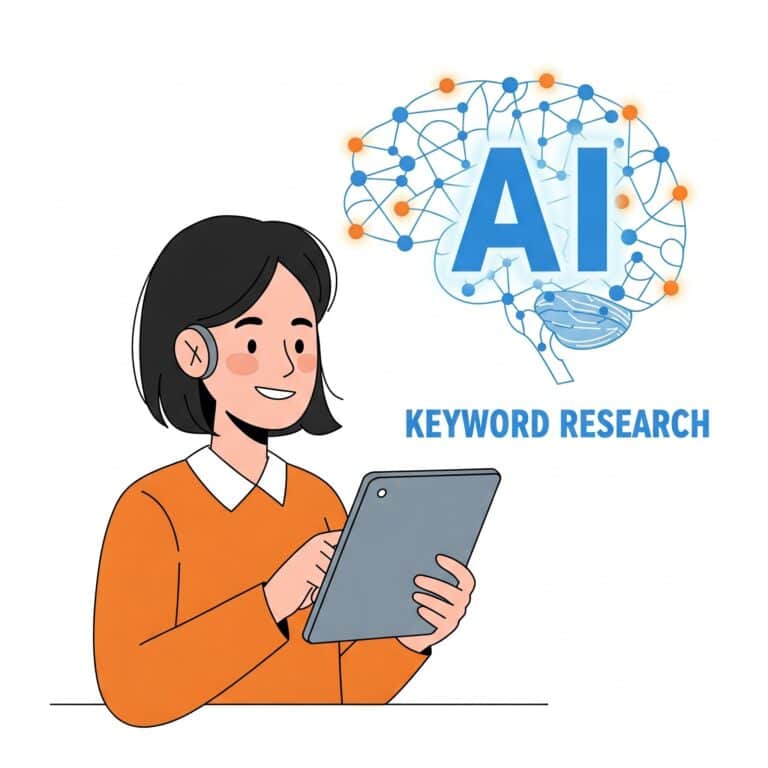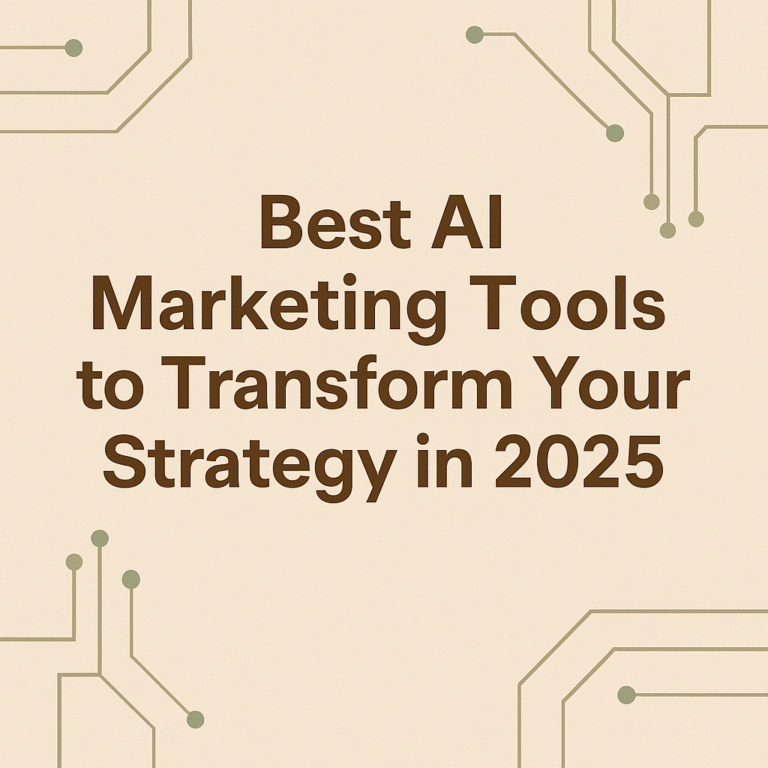Text-to-Speech
What are Large Language Models (LLMs)?
Large Language Models (LLMs) are advanced AI systems that understand and generate human language. They use deep learning on massive datasets to process, understand, and create text. LLMs are a type of foundation model, trained on extensive data for diverse applications.
Key characteristics:
- Trained on massive text datasets.
- Use deep learning, often the transformer architecture.
- Can generate human-like text.
- Versatile across many tasks.
How LLMs Work
LLMs rely on the transformer architecture, a neural network that processes text in sequences. This architecture uses self-attention to understand relationships between words.
LLMs are trained on huge amounts of text to predict the next word in a sequence. This process allows them to learn grammar, facts, and reasoning. Fine-tuning adapts LLMs for specific tasks.
History and Evolution of LLMs
Early NLP work dates back to the mid-20th century. Key milestones include:
- 1960s: Early NLP programs like ELIZA.
- 2013: word2vec improves word meaning understanding.
- 2017: Transformer architecture revolutionizes LLMs.
- 2018: GPT and BERT emerge.
- 2020s: GPT-3, ChatGPT, and multimodal models like Gemini.
LLM Applications
LLMs are used across many industries:
- Customer Service: AI chatbots for efficient support.
- Content Creation: Automating articles, marketing copy, and more.
- Software Development: Assisting with code generation and debugging.
- Language Translation: Breaking down language barriers.
- Research and Data Analysis: Summarizing data and extracting insights.
- Healthcare and Finance: Analyzing reports, fraud detection, and risk assessment.
Popular LLMs
Here’s an overview of leading LLMs:
| Model | Developer | Key Features | Strengths |
|---|---|---|---|
| ChatGPT | OpenAI | Conversational AI, multimodal | Versatile, large user base |
| Claude | Anthropic | Safety focus, large context window | Ethical, long-form content |
| Gemini | Google DeepMind | Multimodal (text, image, audio, video, code), integrated with Google | Comprehensive, Google ecosystem |
| DeepSeek | DeepSeek AI | Efficiency, lower training cost | Cost-effective, coding and math |
| Grok | xAI | Real-time data access via X | Access to timely information |
| Manus | AI21 Labs | Long-context understanding, RAG | Processing lengthy documents |
| Qwen | Alibaba Cloud | Multilingual, open-source versions | Strong in Asian languages |
| Llama | Meta | Open-source, for research and commercial use | Accessible, customizable |
| PaLM | Google Research | Natural language understanding and generation | Strong in various NLP tasks |
| Falcon LLM | Technology Innovation Institute (TII) | High performance across evaluations | Strong general performance |
| BLOOM | BigScience | Open-access, multilingual | Multi-language applications |
| LaMDA | Google AI | Conversational applications | Excels in dialogue |
| T5 | Google AI | Text-to-text model | Versatile, unified approach |
| XLNet | Google & Carnegie Mellon University | Permutation language modeling | Strong NLP performance |
| Megatron-Turing NLG | NVIDIA & Microsoft | Large-scale natural language generation | Powerful text generation |
| Gemma | Google DeepMind | Family of open models | Accessible, multilingual |
| Mistral | Mistral AI | Efficiency and performance | Efficient, competitive |
| Sonar | Perplexity AI | Concise answers with sources | Quick, fact-based answers |
Testing LLMs
Rigorous testing is essential for reliable LLMs. This includes:
- Functional testing
- AI model evaluation
- Performance testing
- Security testing
- Ethical testing
- Robustness testing
- Explainability testing
- User-centric testing
Key metrics include response completeness, text similarity, question answering accuracy, relevance, and hallucination index.






